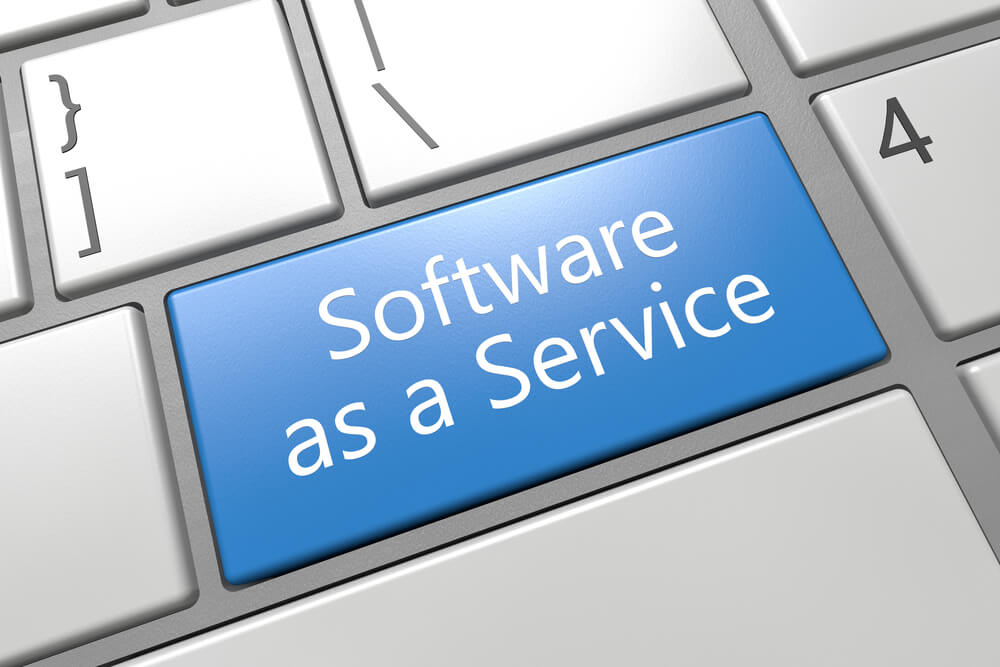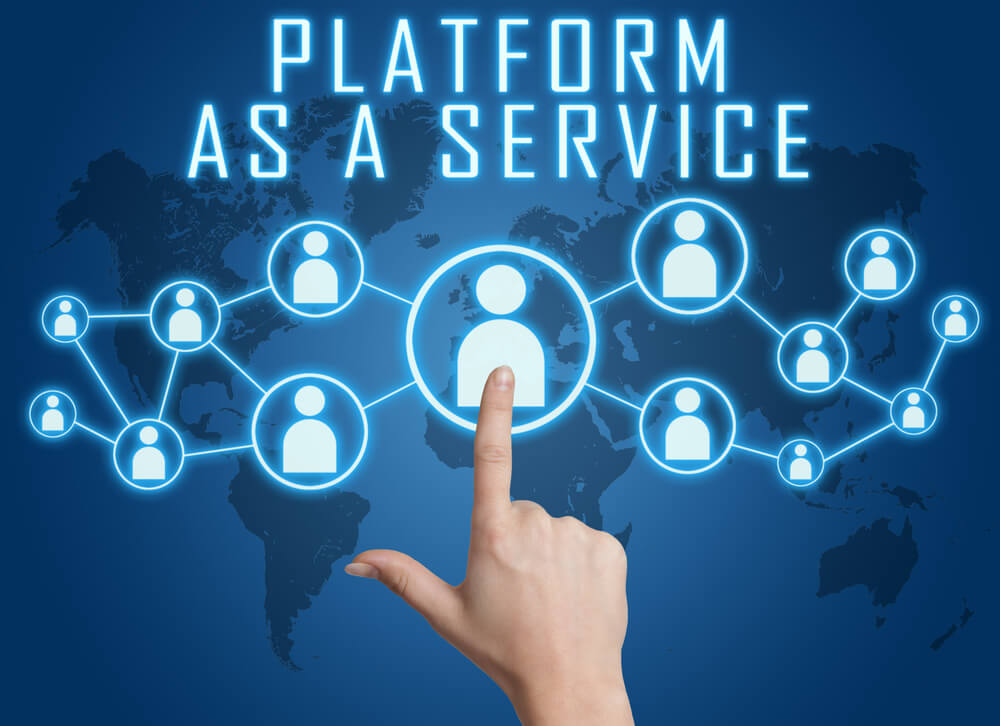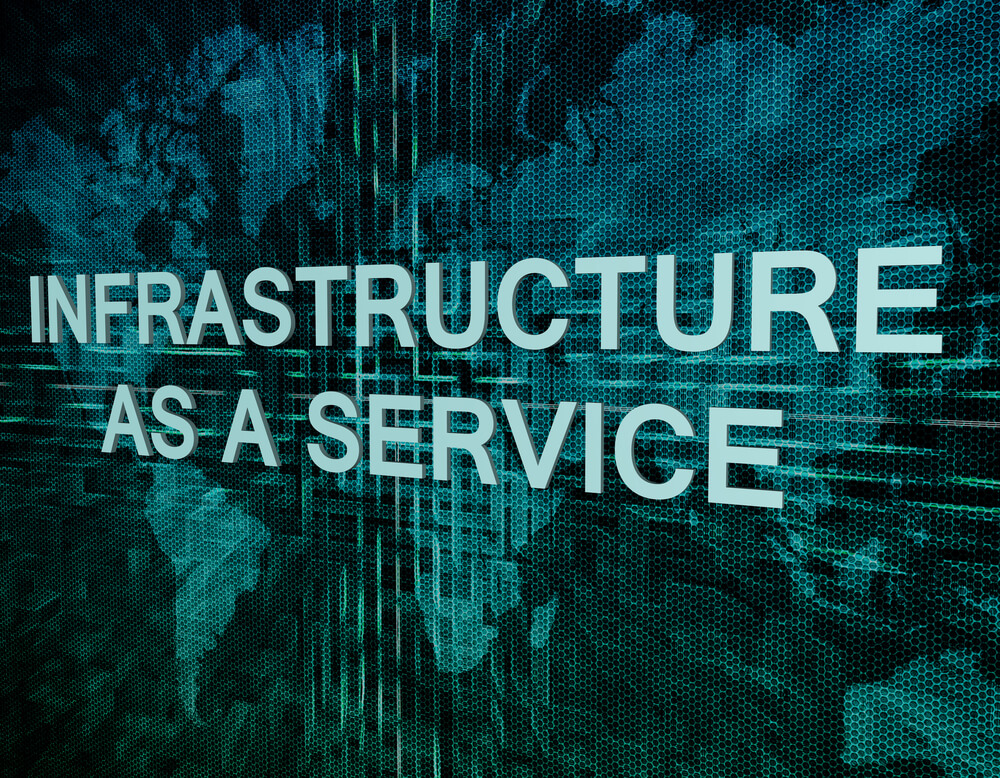- What is SaaS?
- Software-as-a-Service application examples
- What is PaaS
- Platform-as-a-service examples
- What is IaaS in Cloud Computing?
- Infrastructure as a Service examples
- What is DBaaS, aka Database as a Service?
- Database as a Service examples
- Difference between SaaS and PaaS and IaaS
- Difference between IaaS, PaaS and SaaS: Final word
The widespread adoption of cloud computing has changed the way products are created and presented to consumers. With the computing power and infrastructure of cloud computing, companies can deliver a fundamentally different kind of customer experience with a much better feedback loop and higher flexibility to ever-changing customer needs and the business landscape.
The understanding of different types of cloud service model is the key to figuring out the right technical configuration for your business.
- On the one hand, various cloud services can assist and handle workflow processes.
- Also, the cloud takes out a large chunk of operating expenses related to hardware infrastructure.
- On the other hand, platforms, infrastructures, and databases form a reliable backbone for the product and enable its stable growth and refinement.
In this article, we will explain the difference between such cloud service models as PaaS and SaaS, or IaaS, and the likes.
GOOGLE CLOUD SERVICES FOR BIG DATA PROJECTS
What is SaaS?
Software as a Service, aka SaaS is a cloud model in cloud computing environment in which the product is hosted by the service provider and delivered to customers over the Internet.
SaaS is one of the most common approaches to product delivery within a cloud computing configuration. The product itself is more or less the same as an old school software application, except it is now deployed instantaneously directly from the SaaS vendor and with more thorough and responsive product support on the vendor’s part.

SaaS Delivery
Here’s how the Software-as-a-service cloud computing service model works:
- The vendor manages the following components:
- the customer just needs to plug in and use the product.
WHAT IS A LIFT AND SHIFT CLOUD MIGRATION?
Software-as-a-Service advantages
These days, SaaS apps are widely presented as tools that enable particular aspects of the business process. Essential business development tools such as client emails, customer relationship platforms (like Hubspot), sales management (like Salesforce), financial services, human resources management, and so on can operate as SaaS.
One of the most significant benefits of SaaS cloud computing model architecture is its availability. Because the application is distributed through the vendor’s servers, the user can plug into it from whatever computer he uses through his account. The user-generated data is stored both on the vendor’s servers in an encrypted form and also on the user’s device.
The other significant benefit of SaaS is the way it structures a particular business model. Thanks to its deployment approach, the product is open for customization to fit specific user needs. Usually, this approach manifests itself in different product tiers.
HOW THE HEALTHCARE INDUSTRY BENEFITS FROM HYBRID CLOUD SOLUTIONS
Software-as-a-Service application examples
One of the most prominent examples of SaaS products is Evernote.
The cornerstone SaaS business model is freemium. Why so? This configuration usually contains a basic set of features that constitutes the core value proposition of the product. Because of this, freemium is a perfect way to present the product to the target audience. You show how the product addresses their needs and, if they like it enough, they can convert into paying users.
The basic set of features presented in the freemium version is then supplemented and expanded in the higher tiers.
Let’s illustrate this with Evernote:
- Evernote core features include note-taking tools, specific task management, and planning tools – the primary value proposition of the product.
- The set of features is greatly expanded in the Premium version. In addition to those mentioned earlier, there are more hardware and software tools to operate with various attachments, broader integrations, and collaboration features.
- Finally, there is a business version that provides even more features with a greater focus on collaborative work and document turnaround.
What is PaaS
Platform-as-a-service is one of the service models of cloud computing. It operates at a different level. Instead of a dedicated product designed for specific purposes, the PaaS vendor provides a framework in which the customer can do their own thing. For example, develop and deploy an application of their own.
PaaS Solutions
Platform-as-a-service handles cloud-related operations, such as managing operating systems, providing virtualization, maintaining servers, serving storage units, and overseeing networking. At the same time, the customer can focus on the development of the application.
In this case, the PaaS product is a foundation for further building of a specific request, the one that includes all the functional elements and makes it work the way it should. In a way, PaaS serves as a foundation for SaaS solution.
- PaaS provides a more-or-less ready-made cloud-based framework upon which the application can be developed or hosted.
- PaaS is much more cost-effective than maintaining a dedicated in-house platform. The result is incredibly flexible as the charges only include compute, storage, and network resources consumed.
- PaaS enables smooth scalability as it uses as many resources as required by the current workload.
Platform-as-a-service examples
The most representative example of PaaS solutions is AWS Elastic Beanstalk, a compute service designed for deployment and scaling purposes with a wide range of features to maximize the performance of the application. Developers deploy an application on the AWS cloud, and then, Beanstalk takes care of the configuration.

What is IaaS: Cloud Computing Model?
Infrastructure as a Service is another step up in terms of operational scope. In essence, infrastructure as a service provides the whole package for software deployment and related operations – including computing resources and scalability.
As such, it is the most versatile cloud service model:
- Startups and small scale companies use IaaS to avoid hardware and software expenses.
- Larger companies use the IaaS model to retain control over their applications and infrastructure but also use cloud computing services and resources to maintain their operation.
One of the key reasons to use IaaS is its scalability features. While PaaS can provide case-specific scalability, IaaS handles it on a strategic scale. It is easier to evolve the product when you don’t need to think about how much your hardware can take.
AWS VS AZURE VS GOOGLE: CLOUD COMPARISON
In broad terms, IaaS is a self-service environment that substitutes hardware infrastructure while retaining and expanding its features, which include the full spectrum of cloud computing infrastructure:
- servers;
- network;
- operating systems;
- storages (through virtualization).
The cloud servers are presented as an interactive dashboard connected with API for respective components. It is like having a data center without actually having to own an actual data center – it is outsourced to the “virtual data center” located on the cloud.
Infrastructure as a Service examples
An example of IaaS in cloud computing is the well-known usual suspects – Amazon EC2, Windows Azure, and Google Compute Engine.
IaaS providers handle the servers, hard drives, networking, virtualization, and storage – the things that enable the operation within the infrastructure. At the same time, the client retains a high degree of control over each aspect of the process, including applications, runtime, operational systems, middleware, and the data itself.
PUBLIC VS. PRIVATE VS. HYBRID CLOUD COMPUTING
As such, one of the critical advantages of IaaS is its flexibility and, as a result, cost-effectiveness. One can customize each component to the current business needs and then expand or reduce the resources according to the consumer demands.
The other great thing is the automation of routine operations. You don’t need to worry about such things as storage deployment, networking, servers, and processing power.

What is DBaaS, aka Database as a Service?
DBaaS is one of the more case-specific cloud service models. It is a cloud-based service for storing and managing various databases without the need for maintaining physical hardware and handling all sorts of configurations — for example, customer databases of the eCommerce platforms or data coming from a marketing campaign.
Here’s how database as a service looks:
- There is a database manager that handles information within the database and monitors operations. The manager provides control over database instances via an API.
- Database API is accessible to the user through the web-based management dashboard. The user can do all sorts of things with it – provisioning, management, configuration, and other operations within the database.
CLOUD COMPUTING SECURITY RISKS, AND HOW TO AVOID THEM
In the DBaaS configuration, the majority of administrative tasks are handled by the service provider while the client can focus on using the service. In a way, this is a variation upon a Software-as-a-Service approach but with a more data-driven approach.
The benefits of using DBaaS are similar to SaaS:
- It is a cost-effective approach to handling a broad scope of data.
- DBaaS is available at all times through a rich, interactive dashboard.
- Because of its structure, the backup and security measures can be implemented more thoroughly.
- Cloud features provide the required resources and scalability.
- Cloud deployment enables continuous refinement of the processes without sacrificing its productivity.
Database as a Service examples
Examples of DBaaS include:
- Microsoft Azure SQL
- MongoDB Atlas
- Amazon Relational Database Service
- Google BigQuery
Key Differences between IaaS, PaaS and SaaS
| Characteristics | Examples | When to use | |
| Saas |
| Google Apps, Dropbox, Salesforce, Cisco WebEx, Concur, GoToMeeting, Adobe Creative Cloud |
|
| PaaS |
| AWS Elastic Beanstalk, Windows Azure, Heroku, Force.com, Google App Engine, Apache Stratos, OpenShift |
|
| IaaS |
| DigitalOcean, Linode, Rackspace, Amazon Web Services (AWS), Cisco Metapod, Microsoft Azure, Google Compute Engine (GCE) |
|
Choosing the Right Cloud Model: When to Use SaaS, PaaS, IaaS, or DBaaS
- SaaS is ideal for fast deployment and minimal IT involvement; focus on user productivity tools or customer-facing apps.
- PaaS supports efficient custom app development and scaling when you need flexibility without managing infrastructure.
- IaaS fits best for full control over environment setup, large.
PaaS vs. SaaS vs. IaaS: Final Word
Cloud computing model is the solution for so many things as the sheer computing power of the cloud makes so many things possible:
- Cloud can handle different aspects of a company’s workflow – make it easier and more transparent.
- Cloud can also serve as a reliable framework for the application work, make it more efficient and available for customers.
Download Free E-book with DevOps Checklist
Download Now